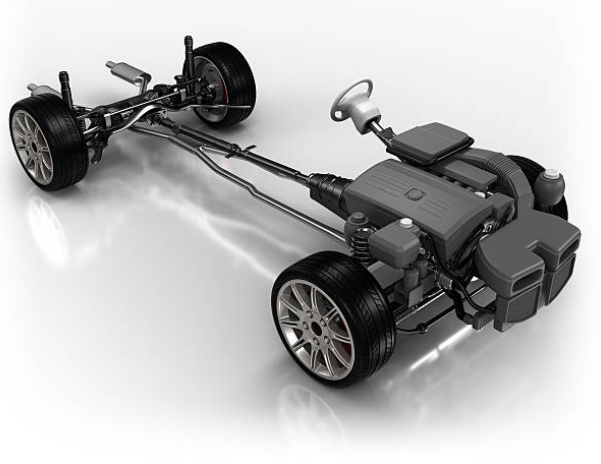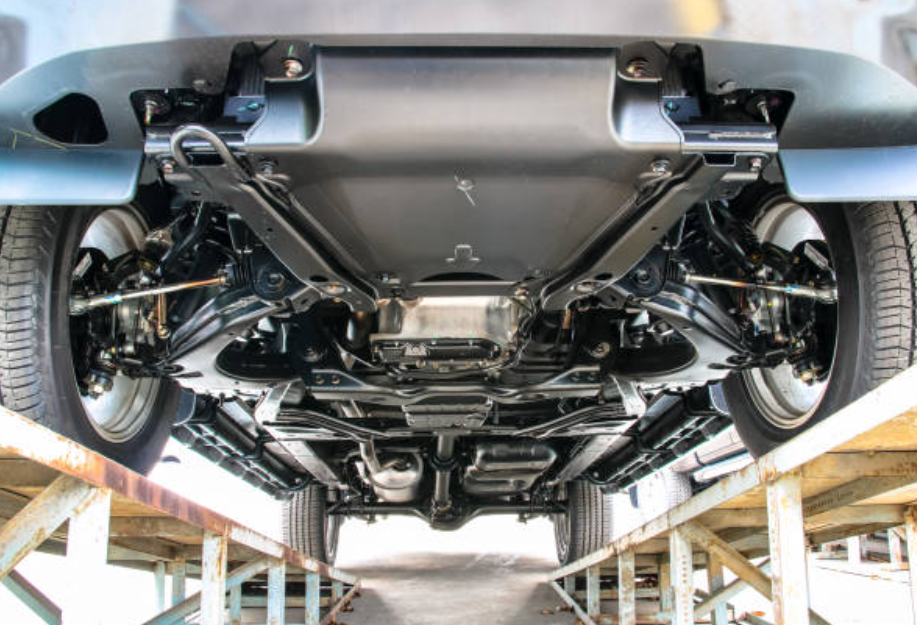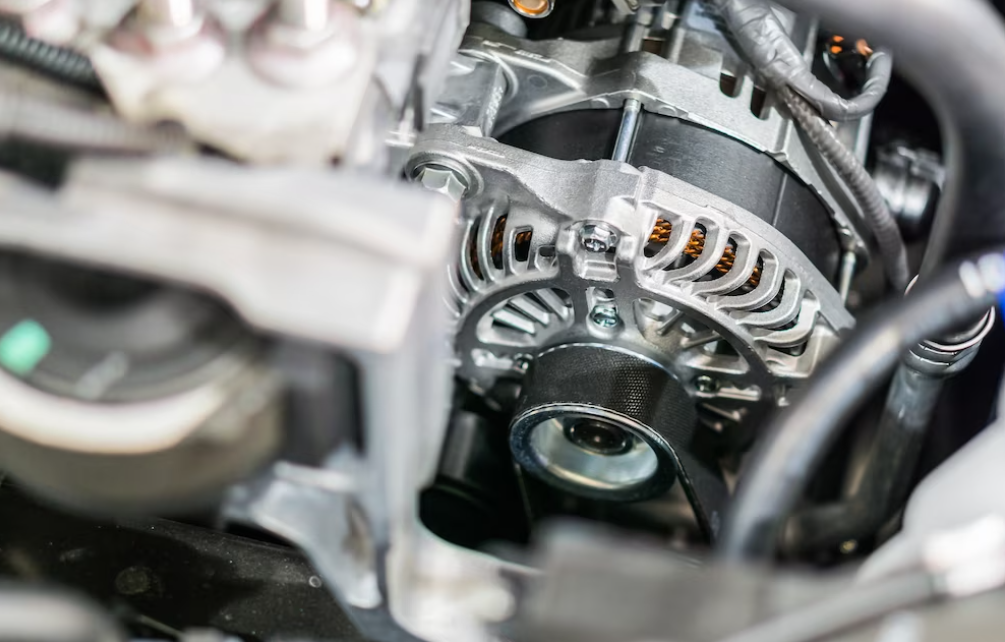What is a Chassis?
Within the expansive and intricate realm of automobiles, numerous terms often escape the notice of casual enthusiasts. One such term of considerable significance, yet not always completely comprehended, is the "chassis." To grasp the significance of the chassis in the automotive sector, let's delve into the concept.

Defining Chassis
Simply put, the chassis serves as the primary framework of a vehicle, providing the foundational support that unifies all its elements. This vital structure establishes the framework for various components in the car, including the engine, transmission, driveshaft, differential, and suspension. Essentially, the chassis acts as the vehicle's skeleton, imparting both its fundamental form and strength.

A foundational comprehension of the diverse chassis types is crucial for gaining a comprehensive insight into the inherent versatility of the automotive industry. Various chassis designs, including ladder frames, monocoque structures, and space frames, present distinct advantages tailored to specific applications and vehicle classifications.
Ladder frames, renowned for their robust and straightforward construction, find common usage in trucks and off-road vehicles, providing exceptional durability and load-carrying capabilities. In contrast, monocoque structures seamlessly integrate the chassis and body into a unified unit, elevating overall rigidity and reducing weight a frequently observed characteristic in modern cars. Space frames, characterized by their lightweight and modular design, are widespread in high-performance and racing vehicles.

The chassis assumes a pivotal role in determining the comprehensive performance and safety of a vehicle. It shoulders the weight and stress endured by the car in motion, guaranteeing stability and control. The configuration and build of the chassis wield considerable influence over the car's handling attributes.
Moreover, in the event of a collision, the chassis is designed to absorb the impact, acting as a protective shield for the occupants within the vehicle. As a result, the chassis not only contributes to the operational efficiency of the vehicle but also plays a vital role in fortifying its safety features.
-
What are the different types of chassis?
Ladder, tubular, backbone, and monocoque (unibody) chassis are examples of common chassis types. Every variety has unique applications and design elements.
-
Is there a difference between frame and chassis?
Certainly, a distinction exists between the two. The frame constitutes a component of the chassis, specifically referring to the structural framework. In contrast, the chassis encompasses the complete framework and integrates other components into its structure.
Read more review here: The 10 Best Duct Tapes For Your Everyday Needs














